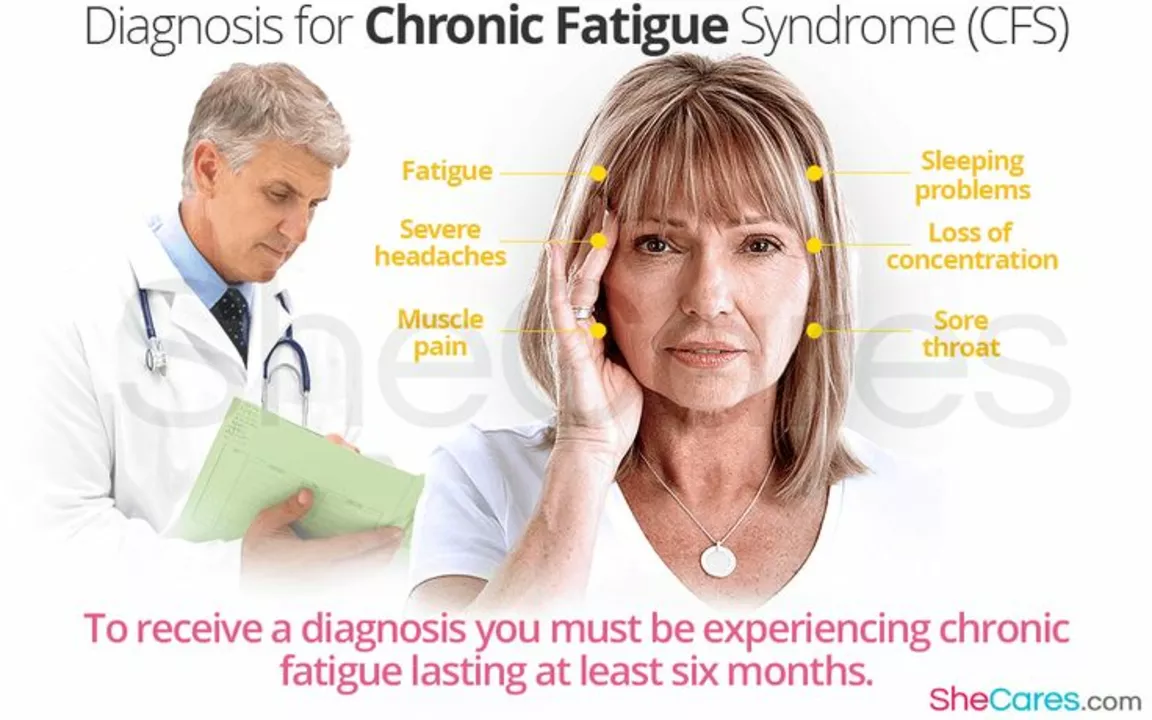Postherpetic Neuralgia: Quick Facts and Real Help
If you’ve ever had shingles, you might have heard about a lingering pain called postherpetic neuralgia (PHN). It’s not just a sore throat – it’s a sharp, burning ache that can stick around weeks or months after the rash disappears. The good news? You don’t have to suffer in silence. Below are simple steps and treatment ideas that actually work for most people.
What Triggers Postherpetic Neuralgia?
PHN happens when the varicella‑zoster virus, which causes shingles, damages the nerves in your skin. The damage sends mixed signals to your brain, so even a light touch feels like a jolt. Older adults and folks with weakened immune systems are most at risk, but anyone who’s had a severe shingles outbreak can develop PHN.
Typical signs include:
- A burning or stabbing pain that stays in the same spot where the rash was.
- Tingling, itching, or a feeling of electricity buzzing under the skin.
- Heightened sensitivity – a sweater may feel unbearable.
If these symptoms linger more than a month after the rash clears, it’s time to call your doctor. Early treatment can cut down how long the pain lasts.
How to Find Relief from PHN
There’s no one‑size‑fits‑all cure, but most doctors combine medicines and lifestyle tweaks. Here are the most common options:
- Topical creams. Lidocaine patches or capsaicin cream can numb the skin right where it hurts. Apply them daily and you may notice a drop in pain within a week.
- Prescription meds. Antidepressants like amitriptyline, anti‑seizure drugs such as gabapentin, and even low‑dose opioids are often used. Talk with your pharmacist about possible side effects before you start.
- Over‑the‑counter aids. Ibuprofen or acetaminophen can help mild pain, especially when combined with a warm compress.
- Physical therapy. Gentle stretching and massage improve blood flow to the affected area and reduce nerve irritation.
- Mind‑body tricks. Deep breathing, meditation, or a short walk distracts the brain from pain signals. It sounds simple, but many patients report real relief.
Don’t forget to keep your skin moisturized – dry skin can make the tingling feel worse. And if you’re prone to infections, wash the area gently and avoid harsh soaps.
If nothing seems to help after a few weeks, ask for a referral to a pain specialist. They can offer nerve blocks or newer treatments like duloxetine that target PHN specifically.
Bottom line: postherpetic neuralgia is painful but manageable. Spot the symptoms early, try topical and oral options, and stay active with gentle movement. With the right mix of care, most people see a big drop in pain within months, letting them get back to everyday life.
The Connection Between Postherpetic Neuralgia and Chronic Fatigue Syndrome
In my latest research, I've discovered a fascinating connection between Postherpetic Neuralgia (PHN) and Chronic Fatigue Syndrome (CFS). Both of these conditions involve the nervous system and can lead to severe pain and exhaustion. Some studies have suggested that the same underlying cause, such as viral infections or immune system abnormalities, may be responsible for both conditions. This connection is crucial for us to better understand and find more effective treatments for both PHN and CFS sufferers. As I continue to explore this topic, I hope to uncover more insights that can help improve the lives of those affected by these conditions.
learn more